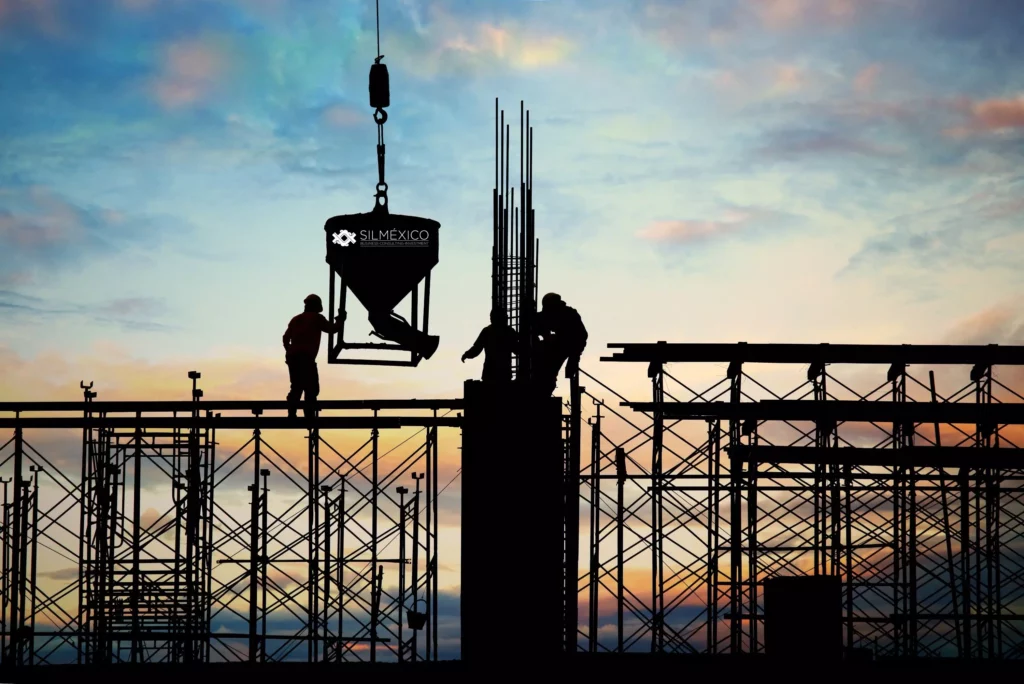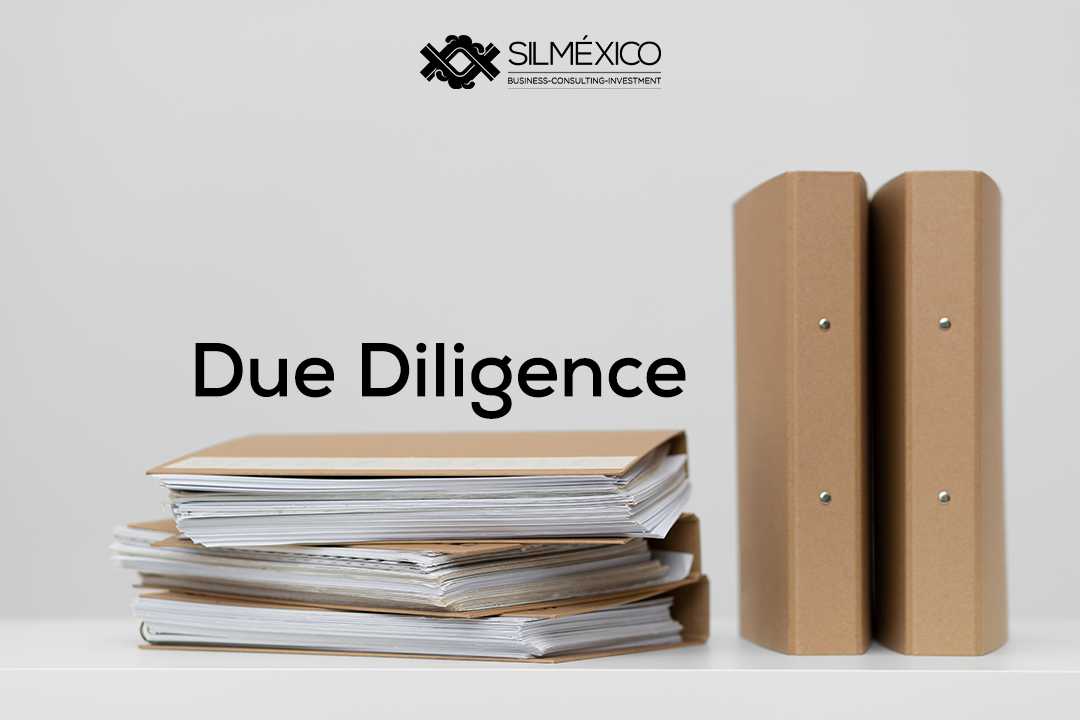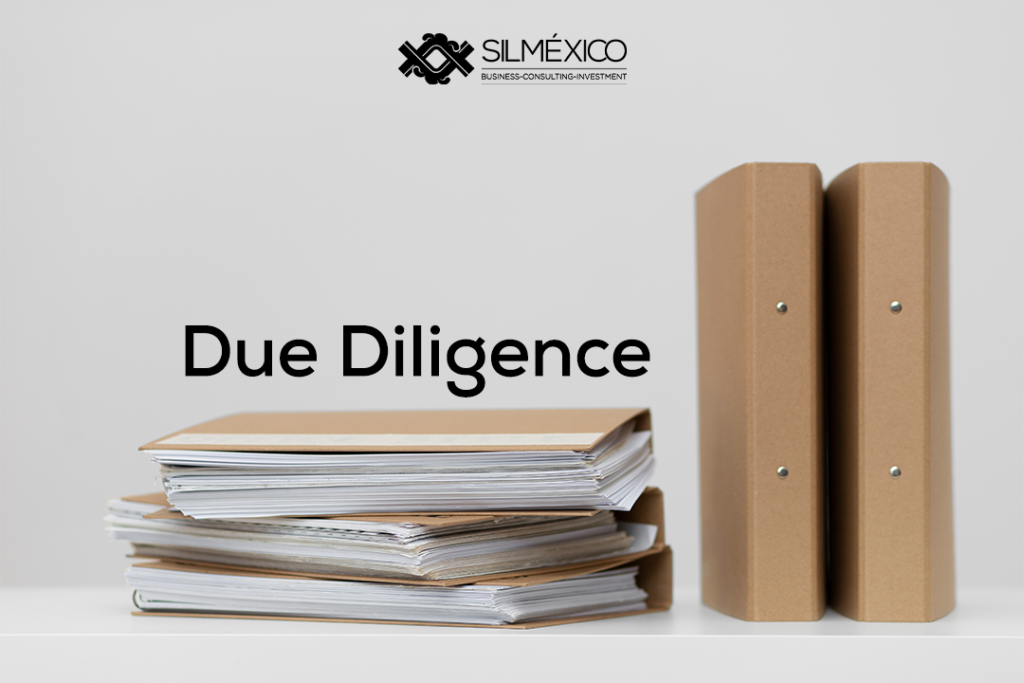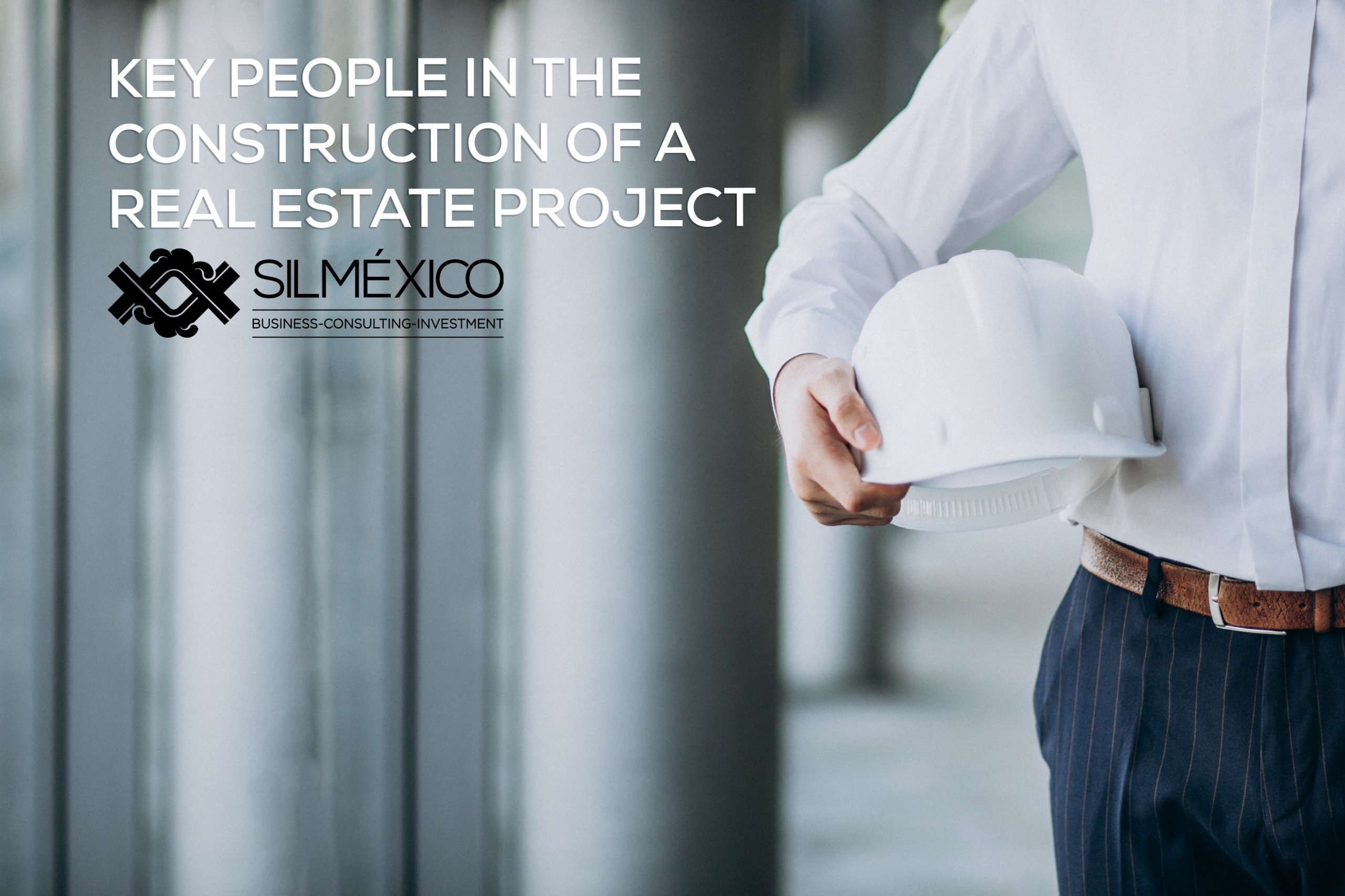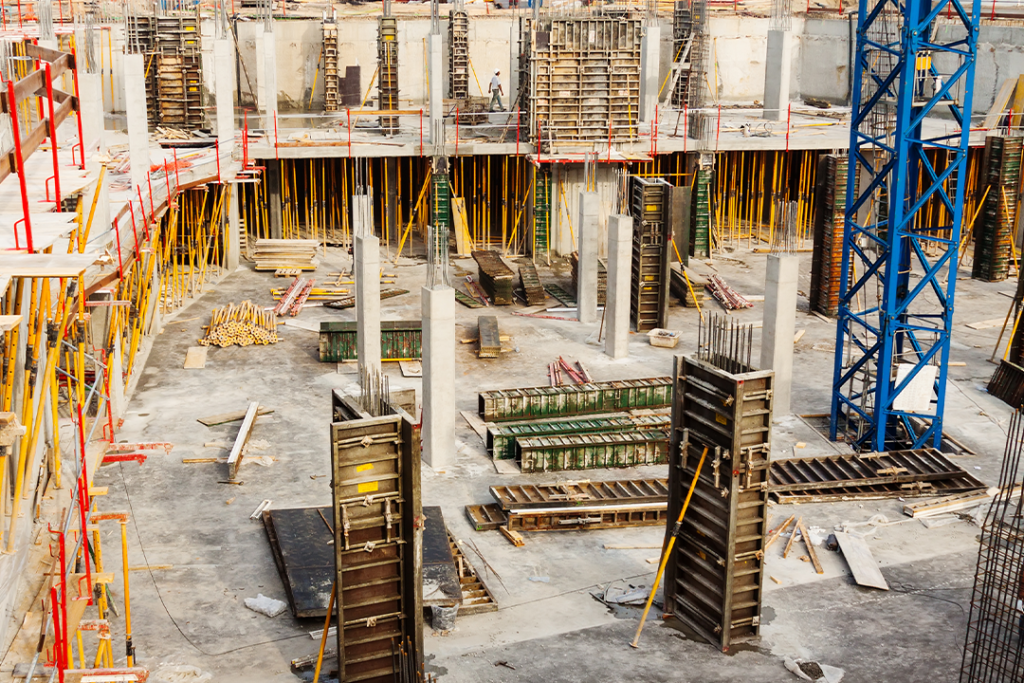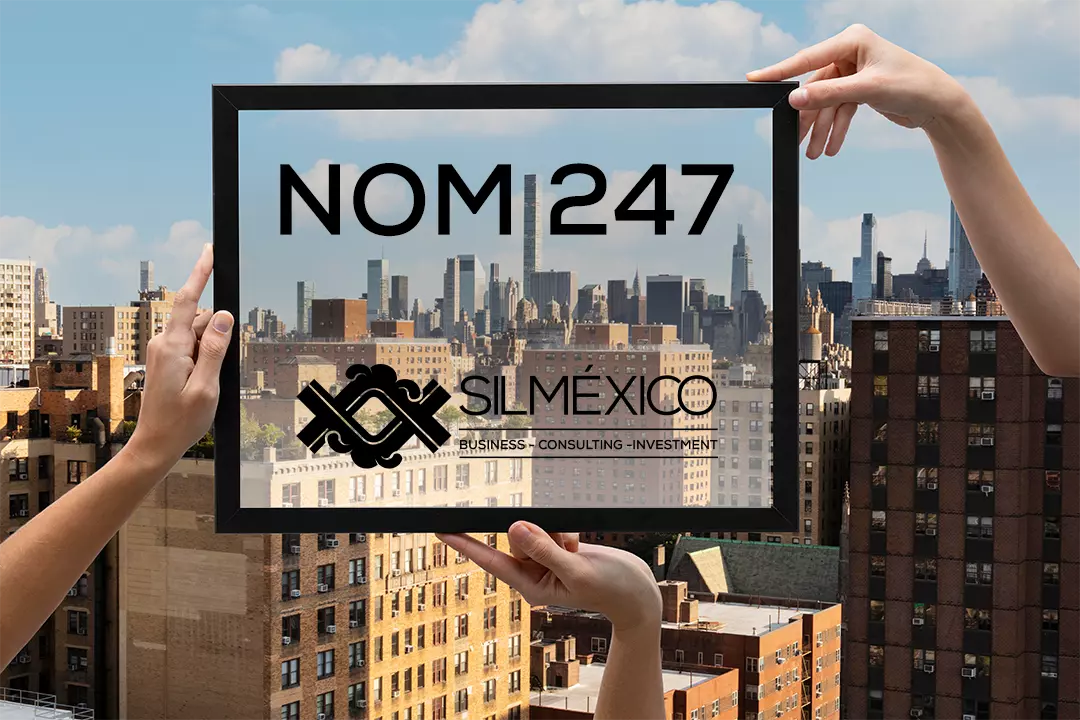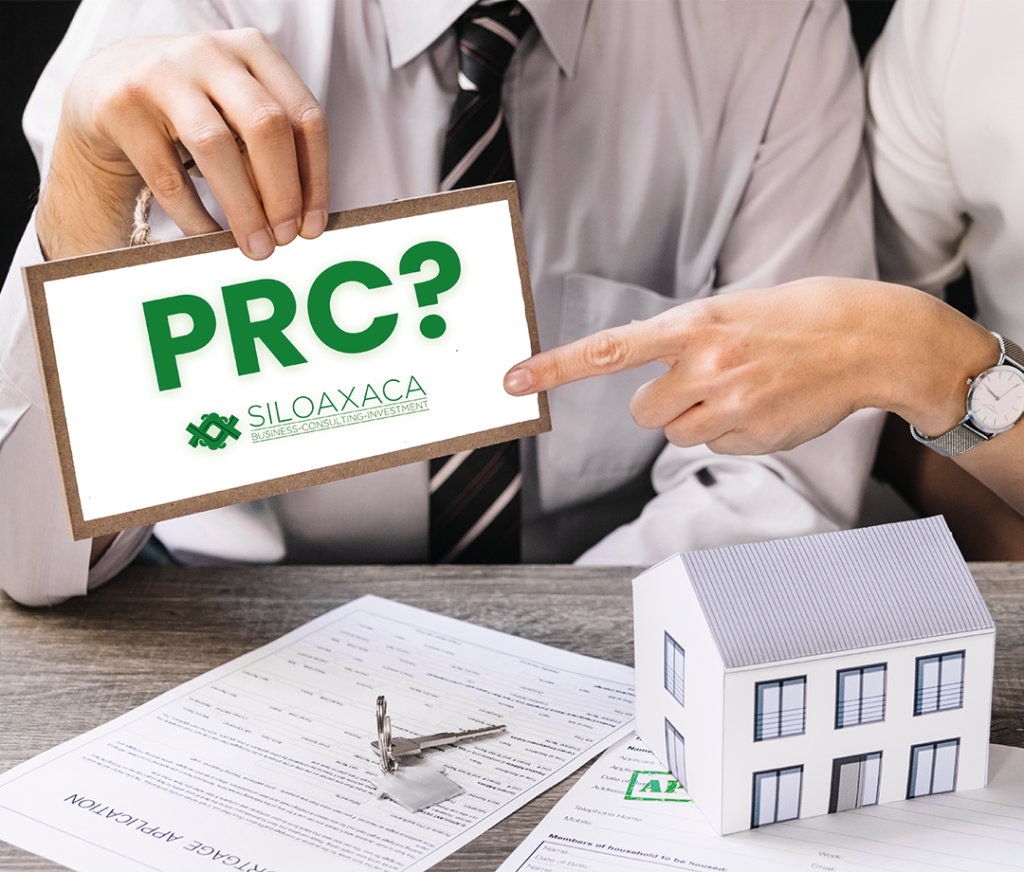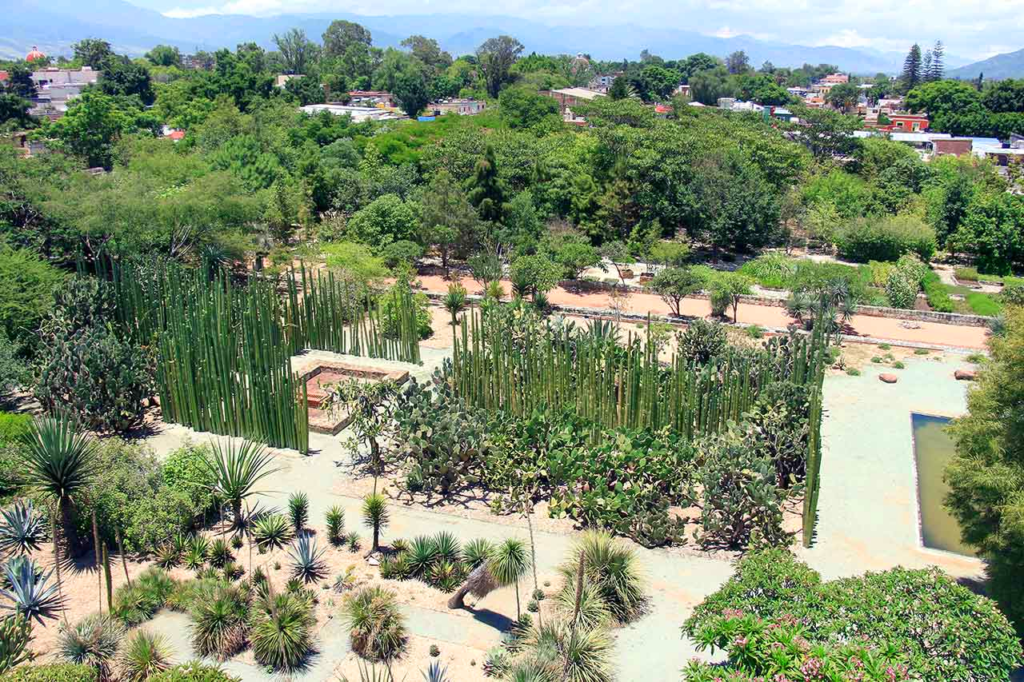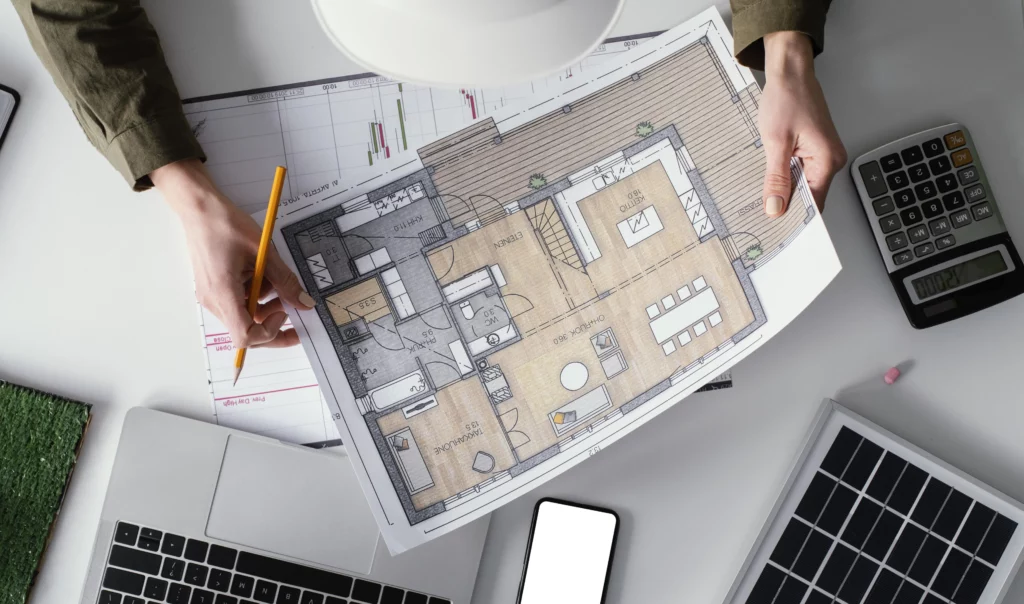
Wednesday, September 20, 2023, By Jessica Hernández, Real estate and marketing analyst in SILMÉXICO
One of the most important aspects to consider when starting a construction is the type of soil, as this will determine what will or will not be suitable for the work, or how the soil should be prepared for the building so that it turns out as expected plans.
In Mexico, the classification of soil types is in charge of the INEGI (National Institute of Statistics, Geography and Informatics), and the categories are listed below:
According to geography
The geographical location of the land provides context for what it is like. In Mexican territory, the main types of soil are:
- Regesol: this is the loose material on the rock and is where most of the mountain ranges are located.
- Litosol: predominates in forestry, agricultural, and livestock functions.
- Xerosol: it is arid in the center and north of the country.
Meanwhile, the Yucatan Peninsula, due to geological events thousands of years ago, has different characteristics from the rest of the country and the types of soil that predominate are:
- Leptosol: which is shallow and dominates the landscape.
- Histosol: with organic material accumulated on the coast of the peninsula.
- Vertisol: abundant in clay and changing with temperature.

According to the texture
In construction issues, we can talk about types of soil according to their texture, which are classified as:
- Sandy: very light in texture and with little organic load, so it does not work in fertile soil. However, it is a useful source of construction materials.
- Clay: It has a heavy and sticky texture abundant in organic matter. Likewise, clay is a useful material for construction.
- Silty: contains no organic matter and is sterile by definition.
- Stony: composed of rocks of different sizes. These kinds of soils are waterproof so they prevent water circulation. It is a good base to support a foundation, it is a good land for carrying out multi-level projects.
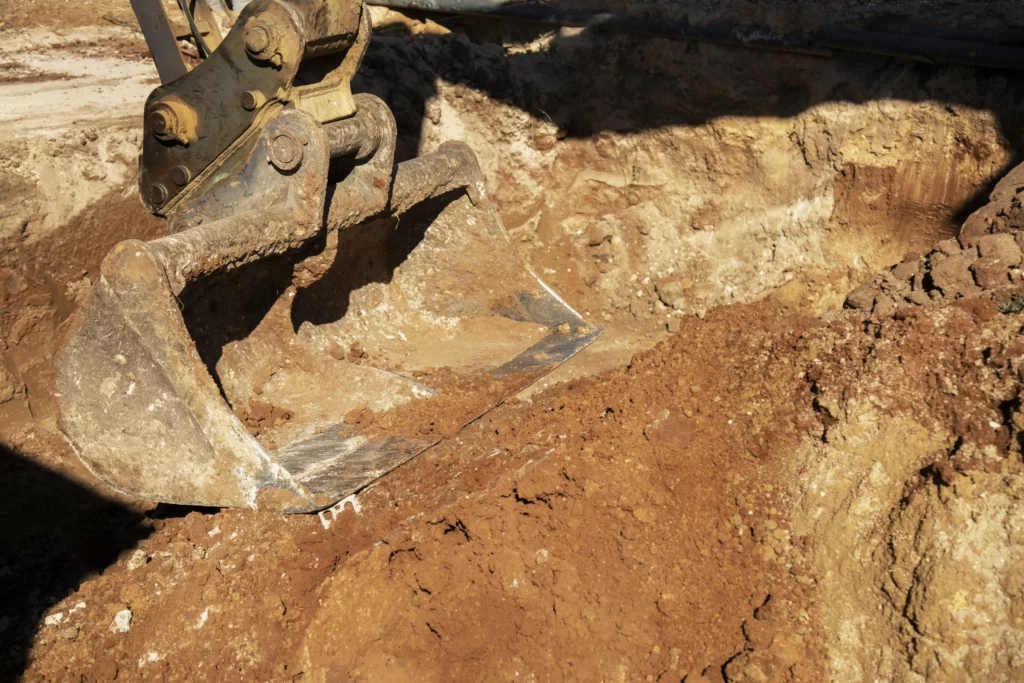
According to its integrity
This classification is even more important in the field of construction, since depending on the integrity of the soil, it will be the foundation that must be used in the work, this will give certainty that the soil will be able to support the construction. They are classified into:
- Rock: Capable of supporting large buildings, and within them stony soils can be found.
- Fine soils: As their name indicates, they are composed of fine materials
- Granular soils: This type of soil also has fine material, such as gravel and sand, alone or in a mixture. As expected, we can include sandy soils here. Just like fine soils, their foundation requirements are more complex than those of rock soils.
As mentioned at the beginning, the identification of the type of soil is necessary in the planning of the work, for this, it will be necessary to carry out the corresponding soil study, which we will talk about in a future publication.
Interested in construction services? Contact us at https://silmexico.com/contact-us/.








